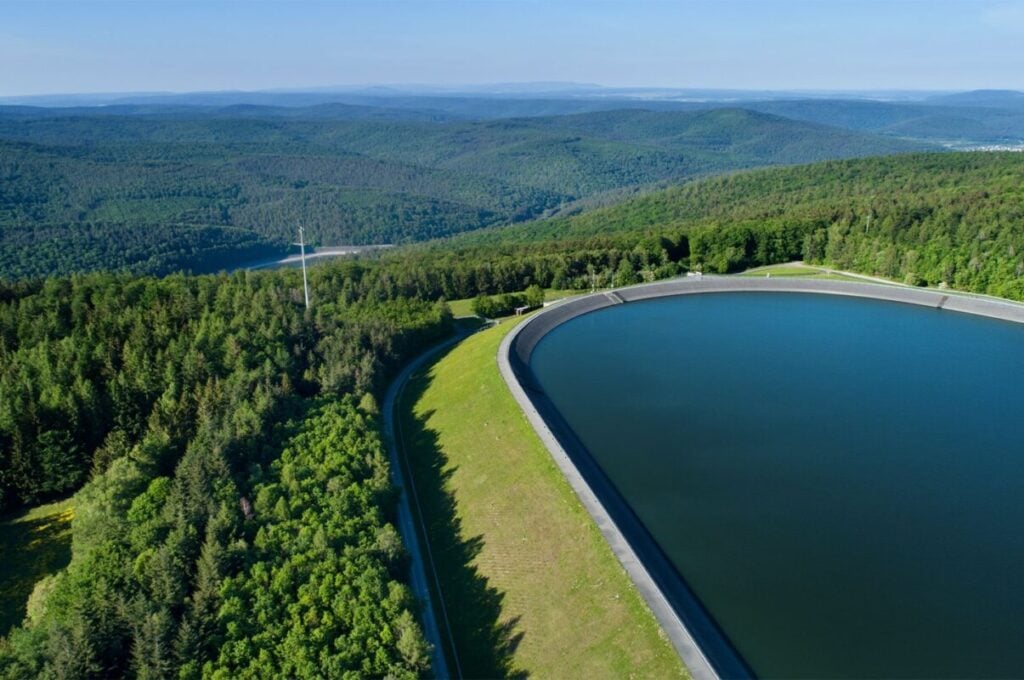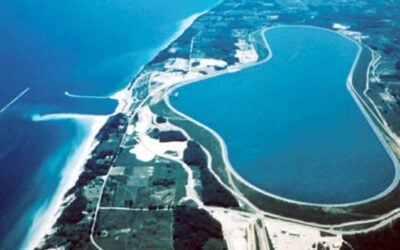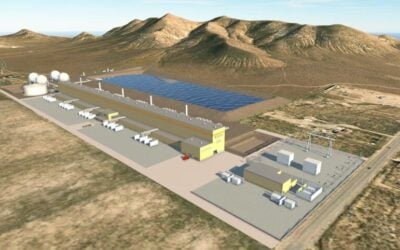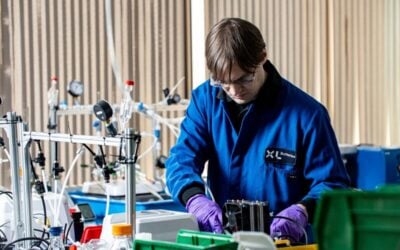
Energy generator and retailer Alinta Energy has penned an early contractor agreement for the 7.2GWh Oven Mountain pumped hydro energy storage (PHES) project in New South Wales, Australia.
Last week (8 November), Alinta confirmed that it signed an early contractor involvement (ECI) agreement with Gamuda and Ferrovial, which have partnered for the project as a joint venture.
The 900MW 8-hour duration Oven Mountain PHES project was granted Critical State Significant Infrastructure (CSSI) status by the New South Wales government in 2020. Subject to project approvals, construction is anticipated to begin next year, with commercial operations slated for 2030.
Oven Mountain will be situated within the New South Wales New England Renewable Energy Zone (REZ), leveraging key infrastructure and transmission upgrades to connect to the National Electricity Market (NEM).
Try Premium for just $1
- Full premium access for the first month at only $1
- Converts to an annual rate after 30 days unless cancelled
- Cancel anytime during the trial period
Premium Benefits
- Expert industry analysis and interviews
- Digital access to PV Tech Power journal
- Exclusive event discounts
Or get the full Premium subscription right away
Or continue reading this article for free
Water will be pumped up Oven Mountain when energy is cheap, and then when there is little wind and solar generation, it will be released, turning turbines as it flows down the hill to generate up to 900MW of power.
The ECI will take approximately six months to progress the project design and constructability. It will draw on Gamuda’s tunnelling, civil engineering expertise, and Ferrovial’s capability to deliver hydro and dam projects.
Alinta Energy’s executive director of merchant energy, Ken Woolley, said the joint venture’s experience in tunnelling and dams made them the “perfect partner”.
“Gamuda and Ferrovial have proven expertise in tunnelling, hydro and geo-tech, which makes this JV the perfect partner to deliver the most advanced pumped hydro project in NSW. We are excited to work together to progress this project,” Woolley said.
Pumped hydro schemes reaches ‘critical’ status in New South Wales
Australia’s PHES development pipeline has grown in recent years, with the country leveraging its understanding and experience in delivering the technology to create long-duration energy storage (LDES) capacity. This is a key component of Australia’s energy transition and withdrawal of coal-fired power plants.
Although the newly elected Queensland government has already scrapped the world’s largest PHES project, the technology has a bright future in its southern neighbour, New South Wales.
Alongside the Oven Mountain PHES project, New South Wales is also home to the 2.2GW PHES power station Snowy 2.0, the 3.6GWh Stratford Pumped Hydro and Solar project, and the 2GWh Muswellbrook and 2.6GWh Lake Lyell pumped hydro storage projects. The New South Wales government has classified all of these as CSSIs.
Lack of interconnectors could threaten Tasmanian PHES projects
It would also be amiss not to mention the prowess of the island state of Tasmania’s pumped hydro and hydroelectric industry, given the technology is the largest provider of electricity to a state is 100% self-sufficient in renewable electricity generation and achieved net zero in six out of the last seven years.
According to state-owned company Hydro Tasmania, the Tasmanian system has more than 2.6GW of hydropower. Research conducted by the organisation found that the island state could house over 4,800MW of PHES capacity in the future. This has often seen the region named the ‘Battery of the Nation’.
Despite this potential, Thomas Fitzsimons, a senior modeller at UK-based research group Cornwall Insight, recently told Energy-Storage.news that the viability of new hydroelectric and PHES projects in the state could “come into question” given a lack of interconnectivity with mainland Australia and the NEM.
There is a sole interconnector to the mainland, the 500MW Basslink interconnector, with another, the 1.5GW Marinus Link, currently under development.





